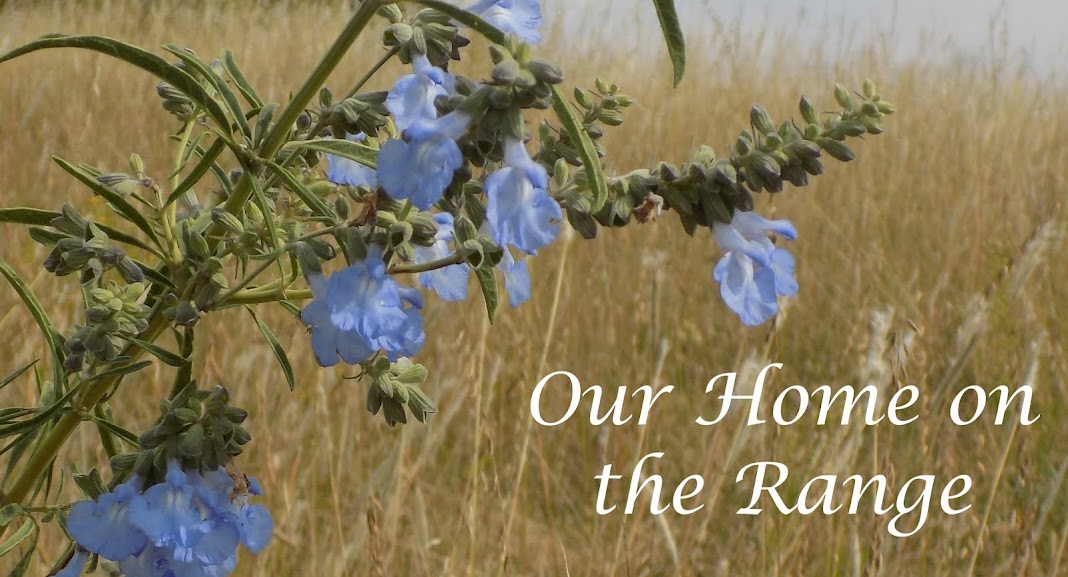The King's Thane
by Charles Brady
by Charles Brady
Beorn wants desperately to be a thane, but a deformed leg hinders his ambition. When a hero comes to battle Grendel, he accepts Beorn as his thane, teaching and training him. Father Paulinus is a missionary priest who has already converted the queen and some others, though Beorn and the king hesitate.
At one point, Beorn and Father Paulinus have just finished a meal at a freeman's cottage, one full of welcome, good food, and family. Asked what he saw there, Beorn answers:
"Richness," said Beorn. "But a far different sort of richness than gold can buy. The richness of black earth and fat tillage. Honest wealth and weal and health and -- yes, a kind of holiness as well, though it is true I know not much of holiness and so should not speak about such things."Father Paulinus responds:
"What is the world's glory worth, after all? Kings live that Gorm and Elfwina may be, not they that kings may flourish. If it is anything, Bjarki's sword is to keep safe such as these twain and their small ones. It is true that the songs the scops sing do not get written about such as Gorm and Elfwina. No matter. They are what the songs say."At the end is a note provided by the author. He addresses the change in venue for Beowulf's story:
As for the suggestion that a monk named Beorn wrote the Beowulf, well, someone wrote the Beowulf, most probably at a Northumbrian court, and quite possibly as early as the year 667 a.d., when my Beorn would have been only fifty-six years of age.First Son (seventh grade) read this book independently but I think it could have been a good family read-aloud as well.
I did share more traditional forms of Beowulf as well. I read aloud Beowulf by James Rumford to all the children. There's courage and lofty language and just enough visuals of the monster to intrigue the children without scaring them. (My youngest is six.)

First Daughter (fourth grade) will read Michael Morpurgo's version of Beowulf. Lavishly illustrated by Michael Foreman, this version is full of phrases reminiscent of epic tales but accessible to younger readers. There's plenty of gore including an illustration of Grendel eating a man's leg as he dangles upside-down (just to be clear). The Christian elements of the original are highlighted (a shadow of a cross above the dying Beowulf, for example). This version is also recommended by Connecting with History.
First Son (seventh grade) read Beowulf the Warrior by Ian Serrailier which is recommended by Connecting with History. This version is more sophisticated than Morpurgo's book, but could still be read by a wide range in ages from late elementary and up. It retains the look and feel of an epic poem (rather than prose). It was my favorite of the versions we read this year.
The King's Thane and the Rumford and Morpurgo versions we read were from the library. I bought Beowulf the Warrior at a Bethlehem Books sale last summer.
The italic print: Links to Amazon are affiliate links. As an affiliate with Amazon, I receive a small commission if you follow one of my links, add something to your cart, and complete the purchase (in that order). Every little bit helps - thanks!
Unless otherwise stated, links to RC History for the Connecting with History program are not affiliate links, but if you'd like to make a purchase through my affiliate link, here it is!
